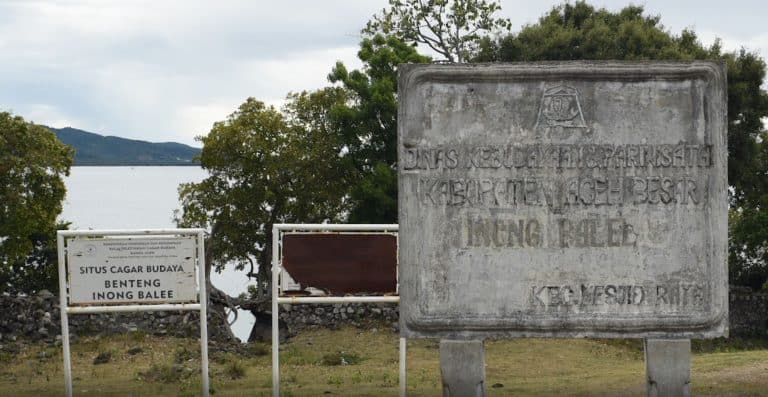WAPAUWE OLD MOSQUE MAHS-IDN-MLK-MLT-LHT-S-003 KAITETU VILLAGE, LEIHITU, MALUKU TENGAH, MALUKU, INDONESIA
Interlocutors: M. Armin Lumaela, Liem Yahehet, Mansur Lumaela
Interviewer: Gregorius Dwi Kuswanta (MAHS)
Wapauwe Mosque is in the village of Negeri Kaitetu in Central Maluku Regency, Maluku Province, Indonesia. According to ancestral stories, the mosque was first built in 1414 CE on a mountain. When Europeans arrived in Maluku in the 1500s, they ordered local people to move to the coast in order to easily monitor them. At some point after this, the mosque was moved from the mountain to its present location. The original building was constructed using wood joinery. Although the mosque has been renovated several times, its original form has not been altered. The floor has been replaced with cement, but one section of the original gravel floor is still visible. Several of the mosque’s pillars, beams, and alif (ornamental finial) pillars that have been replaced and are now displayed on the veranda of the mosque. Atop the cupola is an ornamental finial known as the Tiang Aliph, regarded as the most symbolically sacred element of this traditional form of mosque architecture. The mosque also features a protruding mihrab extending out of the qibla wall to orient the interior space of the prayer hall toward the direction of Mekka. A number of historical artefacts are preserved inside the mosque, including a distinctive mihrab and a long wooden drum used to accompany the call to prayer. Guests from various regions still frequently visit the mosque for pilgrimage.




